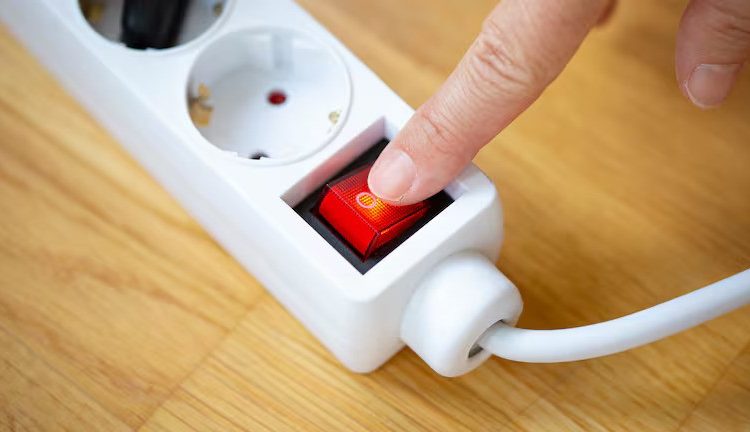
Understanding and Reducing Standby Consumption in Your Home
Standby consumption is a phenomenon that affects many devices, but steps can be taken to reduce it. In homes, household appliances have become essential to daily life, but even when they are switched off, many of them continue to consume energy. This phenomenon is known as “standby consumption” or “vampire consumption.” One of the biggest culprits of this consumption is the television.
What is Standby Consumption?
Standby consumption refers to the use of energy by electronic devices when they are turned off but still connected to the power supply. This consumption may seem insignificant in the short term, but over time, it can add up significantly. Many modern appliances, including televisions, audio equipment, and device chargers, have this feature. The energy they use to maintain functions such as digital clocks, remote sensors, and network connectivity contributes to standby consumption.
Why the TV?
The TV is one of the appliances that consumes the most standby power for several reasons:
1. Standby Power Technology
Modern TVs, especially flat screen and smart TVs, are designed to always be “ready.” These devices often feature automatic update systems, which allow for the downloading of operating system or application updates even when the TV is not in use. To maintain this capability, the TV must remain in a low-power state, which still consumes power.
2. Standby Mode
Many TVs have a standby mode that allows them to be turned on quickly using a remote control. Although this mode consumes less power than active operation of the TV, it still consumes additional power. Standby power consumption can vary significantly between different models and brands, but some TVs can consume as much as 30-50 watts while in standby.
3. Connectivity and Configuration
Smart TVs are constantly connected to the internet, which means they are always looking for new updates and content. This connectivity can mean that the TV is using energy to maintain an active network connection, even when not in use.
The Impact of Standby Consumption
While every appliance contributes to the total energy consumption in the home, the TV has a considerable impact. While individually this consumption may seem low, when added to the other appliances on standby in an average household, consumption can be significant. Over the long term, the vampire consumption of all standby devices can represent up to 10% of the total electric bill.
The television, often underestimated, is one of the appliances that consumes the most energy even when it is turned off. Standby consumption is a phenomenon that affects many devices, but by being aware of how it works and taking steps to reduce it, you can make a significant difference in your electric bill and overall household energy consumption.
Strategies to Reduce Standby Consumption
Implementing practices such as unplugging devices, using power strips with switches, and choosing more efficient equipment can help you better manage your energy consumption and contribute to a more sustainable home.
- Unplug Devices: Physically unplug devices when not in use to completely eliminate standby consumption.
- Use Power Strips: Utilize power strips with switches to easily cut off power to multiple devices at once.
- Choose Efficient Equipment: Opt for energy-efficient models that are designed to minimize standby power usage.
By understanding and addressing standby consumption, you can reduce your household’s energy usage and make a positive impact on both your wallet and the environment.

